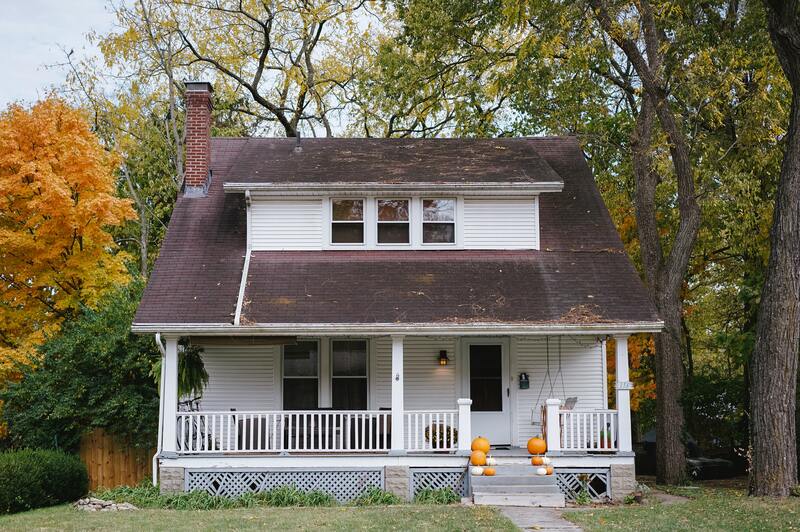Have you noticed problems in your home lately and now you seek answers on what happens if your home is water damaged? Well, this article will provide you with the critical information that you are searching for.
Keeping your home clean, healthy, and free of damage helps create a positive atmosphere for the family. Thus, in an old saying, though it sounds cliché, a clean home is a happy home.

More than just cleaning, what is more important to pay attention to is home repair and maintenance. Hence, these two home interventions are best done to mend water damage.
This article will provide the risks of water damaged homes, discussion on four key areas susceptible to water damage, and give some practical tips to prevent water damage.
Risks Of Water Damage In Your Home
Not all clean houses are water damaged free. In fact, despite your house being clean, you wouldn’t notice damages caused by extreme water exposure, not unless it started to wreak havoc in your home.
If your home is damaged by water, it may become unfit to live in due to the probability of structural damage, wherein health and safety are at risk. Since most house structures are made up of wood, water can easily penetrate their surface, causing them to decay.
Further, as these water damages continue to inflict damage on your properties, potentially dangerous bacteria and mold will likewise cause harm. Hence, mold and mildew are fungi that thrive in moist areas.
Once the damaged area has been infiltrated, it will continue to grow if no intervention is done. In connection to this, read this article on how to get a free mold inspection in your home.
Primarily, water damage sets off a nasty display in your home, especially when it becomes too apparent. With that, homeowners spend money to cover up the damage instead of repairing the main problem.
Water damage also depreciates the value of your home, making it unwanted for future purchasers. It is not only the water damage that affects the house value but the complications that may arise with that as well.
Inspecting 4 Key Areas Of Your Home
To know what would happen if your home is water damaged, here are four areas of your home that are prone to water damage.
1. Roof
Water damage creates deterioration and makes the roof more vulnerable to future leaks. Roof leaks can occur due to several factors, including poor installation, rainwater, wind and storm damage, or probably absence of maintenance.
Commonly, storm damage might include shingles being lost and moisture getting into the underlayment. Water collects where elements of the roof intersect, making sloping roofs particularly difficult to protect from rain damage.
Therefore, water damage to your roof can endanger your home’s structural stability.
2. Ceiling
Ceilings that have not been harmed are usually straight and stable structures. However, in connection to the above, a leaky roof can cause water damage to your ceiling and may cause other problems.
Crooked or buckling ceilings are a sign of probable water damaged ceiling and may require roof leak repair. If this problem had been ignored for a longer time, the water coming from the leak could have developed mold and mildew, which is another issue to resolve.
3. Walls
Water damaged drywall can be seen as weakened structures, discolored spots, or cracked paints. To figure out its appearance, read this article on “what does water damaged drywall looks like.”
In the case of a water damaged wall, it may be caused by a leaky roof, plumbing problems, leaking pipes, moisture build-up in the ceiling, attic, or crawl spaces, and other fortuitous events. If the water damage was left for a longer time, there are numerous chances of mold and mildew growth, paint stains, rotting of wooden surfaces, and, worst of all, structural problems.
However, it may not be required to replace drywall after a leak or flood, depending on the severity of the water damage. Minimally, you may be able to repair it with spackling chemicals after removing it.
4. Flooring
There are different types of flooring available for installation, and each type has different resistance to water damage. Thus, you can decide whether to repair or replace your flooring after determining the kind of water damage.
Damage to the flooring could be indicated by irregular bubbling, peeling, or cracking. Otherwise, some issues could be buckling, crowning, cupping, discoloration, and even nasty odor.
3 Practical Tips To Prevent Water Damage
For homeowners, follow these tips to prevent further water damage:
- Check your home’s condition at least twice a year.
- Call for professionals in home repair and maintenance.
- Roofers can install waterproofing to prevent rainwater damage.
Conclusion
The sooner you identify a leak, the easier it will be to fix the problem, and it will be less work for the water damage restoration services. Thus, seeking answers to the homeowner’s question on what happens if your home is water damaged is vital in preparing, solving, and handling that problem.
